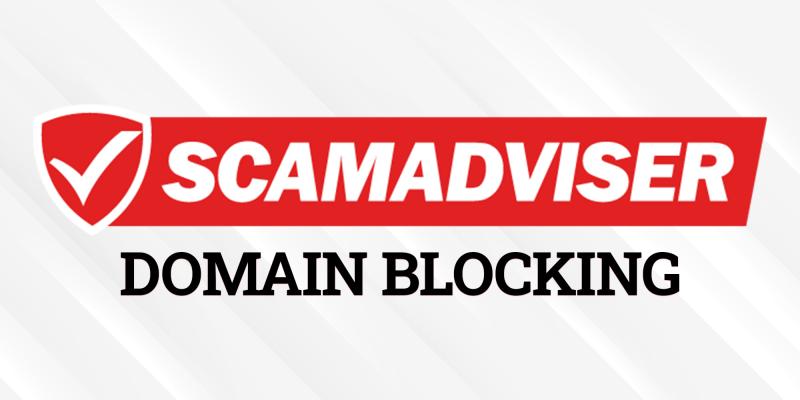
The number of scams has been growing exponentially with the rise of the Coronavirus pandemic. Previous research by Scamadviser, based on an analysis of scam data from 31 countries, disclosed that the number of scam reports increased by 40% last year. Consumers worldwide reported €36 billion lost in online scams. This amount is probably only a fraction of the actual amount as, depending on the country, only between 3% to 7% of scam victims actually report the crime to the police.
With more than 100,000 consumers visiting Scamadviser on a daily basis, Scamadviser adds on average more than 1 million new websites to its database monthly. Between 3% to 5% of these websites can be considered scams. These are often online stores selling fakes or simply never delivering products or services sold. Websites offering “investment opportunities” with ROI of up to 20% daily without addressing related risks (or even stating that there are no financial risks involved) and sites phishing for credit card or other personal data are also becoming increasingly common.
Removing these kinds of websites has until now been a long and labour-intensive process. Officially, first, the owner of the website has to be approached with a cease and desist letter. If no response is received, the hosting company and registry (where the domain name is registered) can be approached with a request to remove the site or seize the domain name. This process not only takes days and often weeks but is also highly inefficient as each internet service provider has its own processes and systems for take-down.
Increasingly, taking down sites is becoming even impossible. The GDPR legislation has given scammers the opportunity to hide their contact details from the WHOIS databases, making it impossible to determine who actually owns a certain website. Service providers such as Cloudflare which provide Content Delivery Network (CDN) and DDoS mitigation services, also make it easy for cybercriminals to hide their identity. Finally, some hosting companies and registries simply do not care. They do not see it as their role to protect consumers from scams. Some companies even advertise with “bullet proof hosting”, meaning they will refuse or delay removing criminal websites for as long as possible.
Scamadviser has launched an alternative called Domain Blocking. Scamadviser analyses on average 50,000 websites daily. Malicious domains are passed along to anti-virus software, security and internet filtering companies, requesting them to warn consumers when accessing a malicious domain or, if possible, even blocking access. Early adaptors of Scamadviser’s data are amongst other security firms Trend Micro and Netsweeper. In this way, Scamadviser already protects more than 1 billion consumers worldwide.
Law enforcement, brand protection organizations, consumer authorities and other trusted sources can now also report IP infringing sites and sites offering scams to Scamadviser with a request to block access or show a warning, comparable to what Google Safe Browsing already does for malware and phishing websites. Trusted sources are first manually vetted and take legal responsibility for reporting a site to be blocked. Sites can be reported individually, in bulk or via API.
If you are interested in learning more about Scamadviser’s Domain Blocking service, please contact us.